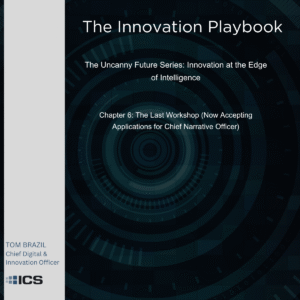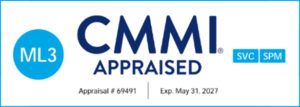The $10k Mistake Rule
For small business owners and CEOs, the transition from doer to strategic leader is both rewarding and demanding. In enterprise IT services, this evolution becomes particularly essential, as growth mandates a shift from hands-on tasks to a focus on strategic planning and execution.
The Importance of Clarity in Roles and Responsibilities
Clearly defining roles and responsibilities within your team sets the foundation for efficient and effective operations. An unambiguous organizational structure, with detailed job descriptions, is indispensable for aligning the team’s actions with business objectives.
Establishing Success Metrics
After roles are clarified, establishing metrics for success is the subsequent pivotal step. Each role should have quantifiable objectives tied to the overarching goals of the company. Metrics serve as both motivators and yardsticks for performance assessment. For example: Total Contract Value (TCV) Bid.
Empowering Team Members
Empowerment extends beyond mere delegation. It involves granting team members the freedom to make decisions and be accountable for their actions. It not only boosts their engagement but also cultivates a culture of innovation and ownership. This requires clearly articulating their accountabilities, reinforcing our core values as a decision making tool, and staying on track with our quarterly objectives.
The $10,000 Rule
At ICS, we faced a challenge when we flattened the organizational structure to be more competitive. While the change had its merits, it initially led to my being overwhelmed by team members seeking help with problem-solving in their area of accountability. To tackle this, I implemented the “$10,000 Mistake” policy.
· Setting Guardrails: I empowered my team members to make decisions where the possible downside didn’t exceed $10,000 cost, under the condition that they made thoughtful and well-considered decisions.
· Immediate Impact: Within just three weeks, the frequent interruptions for guidance diminished substantially. Engagement revolved around two things: large ticket items with a potential $10k or larger downside; and culture issues.
· Long-term Benefits: After three months, every member of my team not only became self-reliant, but they were making better decisions without me than if I had been directly involved.
The policy was a decisive step in my evolution from a doer to a strategic leader. It helped me reclaim my time to focus on strategic imperatives and also developed a stronger, more capable team.
The Art of Stepping Back
Evolving into a strategic leader means learning to take a step back. It’s a shift from micro-managing tasks to macro-managing processes and strategy, and focusing on coaching your team. Trusting your team to perform frees you to concentrate on higher-level objectives, and their success becomes your success.







